
Rabbit Anti-Oct-3/Oct-4 antibody
POU domain, class 5, transcription factor 1;Oct-3/4; Oct-4A; Oct4A; Oct 4A; Octamer-binding transcription factor 3; Octamer-4; Octamer-3; Oct-3; NF-A3; Otf-3; Otf3; MGC22487; Oct 3; Oct 4; OCT3; Oct4; Octamer binding protein 3; Octamer binding protein 4;
View History [Clear]
Details
Product Name Oct-3/Oct-4 Chinese Name 胚胎Stem cells关键蛋白抗体 Alias POU domain, class 5, transcription factor 1;Oct-3/4; Oct-4A; Oct4A; Oct 4A; Octamer-binding transcription factor 3; Octamer-4; Octamer-3; Oct-3; NF-A3; Otf-3; Otf3; MGC22487; Oct 3; Oct 4; OCT3; Oct4; Octamer binding protein 3; Octamer binding protein 4; Octamer binding transcription factor 3; Octamer-binding protein 3; Octamer-binding protein 4; OTF 3; OTF 4; OTF-3; OTF3; OTF4; PO5F1_HUMAN; POU class 5 homeobox 1; POU domain class 5 transcription factor 1; POU domain transcription factor OCT4; POU type homeodomain containing DNA binding protein; POU5F1; POU5F1. literatures Research Area Cell biology immunology Chromatin and nuclear signals Stem cells Epigenetics Immunogen Species Rabbit Clonality Polyclonal React Species Human, Mouse, Rat, (predicted: Dog, Pig, Cow, ) Applications WB=1:500-2000 ELISA=1:5000-10000 IHC-P=1:100-500 IHC-F=1:100-500 Flow-Cyt=1ug/Test IF=1:100-500 (Paraffin sections need antigen repair)
not yet tested in other applications.
optimal dilutions/concentrations should be determined by the end user.Theoretical molecular weight 39kDa Cellular localization The nucleus Form Liquid Concentration 1mg/ml immunogen KLH conjugated synthetic peptide derived from human OCT4: 201-300/360 Lsotype IgG Purification affinity purified by Protein A Buffer Solution 0.01M TBS(pH7.4) with 1% BSA, 0.03% Proclin300 and 50% Glycerol. Storage Shipped at 4℃. Store at -20 °C for one year. Avoid repeated freeze/thaw cycles. Attention This product as supplied is intended for research use only, not for use in human, therapeutic or diagnostic applications. PubMed PubMed Product Detail Expression of the POU-domain transcription factor Octamer-4 (Oct-4) is widely regarded as a hallmark of pluripotent stem cells. The relationship of Oct-4 to pluripotent stem cells is indicated by its tightly restricted expression to undifferentiated pluripotent stem cells. Upon differentiation to somatic lineages, the expression of Oct-4 disappears rapidly. Unlike the majority of pluripotent stem cell markers, the biological role of Oct-4 has been well characterized. Studies performed in mice point to the critical role of Oct-4 in the establishment and/or maintenance of pluripotent stem cells in an uncommitted state.
Function:
Transcription factor that binds to the octamer motif (5'-ATTTGCAT-3'). Forms a trimeric complex with SOX2 on DNA and controls the expression of a number of genes involved in embryonic development such as YES1, FGF4, UTF1 and ZFP206. Critical for early embryogenesis and for embryonic stem cell pluripotency.
Subunit:
Interacts with UBE2I and ZSCAN10. Interacts with PKM2. Interacts with WWP2.
Subcellular Location:
Cytoplasm. Nucleus. Note=Expressed in a diffuse and slightly punctuate pattern.
Tissue Specificity:
Expressed in developing brain. Highest levels found in specific cell layers of the cortex, the olfactory bulb, the hippocampus and the cerebellum. Low levels of expression in adult tissues.
Post-translational modifications:
Sumoylation enhances the protein stability, DNA binding and transactivation activity. Sumoylation is required for enhanced YES1 expression.
Ubiquitinated; undergoes 'Lys-63'-linked polyubiquitination by WWP2 leading to proteasomal degradation.
ERK1/2-mediated phosphorylation at Ser-111 promotes nuclear exclusion and proteasomal degradation. Phosphorylation at Thr-235 and Ser-236 decrease DNA-binding and alters ability to activate transcription.
Similarity:
Belongs to the POU transcription factor family. Class-5 subfamily.
Contains 1 homeobox DNA-binding domain.
Contains 1 POU-specific domain.
SWISS:
P20263
Gene ID:
5460
Database links:Entrez Gene: 5460 Human
Entrez Gene: 18999 Mouse
Omim: 164177 Human
SwissProt: Q01860 Human
SwissProt: P20263 Mouse
Unigene: 249184 Human
Unigene: 632482 Human
Unigene: 646545 Human
Unigene: 17031 Mouse
Unigene: 161748 Rat
Product Picture
Embryo (Mouse)Lysate at 40 ug
Testis (Mouse) Lysate at 40 ug
NIH/3T3 (Mouse) Cell Lysate at 40 ug
Hela(Human) Cell Lysate at 40 ug
Rsc96(Rat) Cell Lysate at 40 ug
293T(Human) Cell Lysate at 40 ug
SP2/0(Mouse) Cell Lysate at 40 ug
HL-60(Human) Cell Lysate at 40 ug
Primary: Anti-Oct-3/Oct-4 (SL1111R) at 1/300 dilution
Secondary: IRDye800CW Goat Anti-Rabbit IgG at 1/20000 dilution
Predicted band size: 39 kD
Observed band size: 39 kD
Paraformaldehyde-fixed, paraffin embedded (mouse placenta); Antigen retrieval by boiling in sodium citrate buffer (pH6.0) for 15min; Block endogenous peroxidase by 3% hydrogen peroxide for 20 minutes; Blocking buffer (normal goat serum) at 37°C for 30min; Antibody incubation with (Oct-3) Polyclonal Antibody, Unconjugated (SL1111R) at 1:200 overnight at 4°C, followed by operating according to SP Kit(Rabbit) (sp-0023) instructionsand DAB staining.Paraformaldehyde-fixed, paraffin embedded (rat placenta); Antigen retrieval by boiling in sodium citrate buffer (pH6.0) for 15min; Block endogenous peroxidase by 3% hydrogen peroxide for 20 minutes; Blocking buffer (normal goat serum) at 37°C for 30min; Antibody incubation with (Oct-3) Polyclonal Antibody, Unconjugated (SL1111R) at 1:200 overnight at 4°C, followed by operating according to SP Kit(Rabbit) (sp-0023) instructionsand DAB staining.Tissue/cell: mouse tooth germ tissue; 4% Paraformaldehyde-fixed and paraffin-embedded;
Antigen retrieval: citrate buffer ( 0.01M, pH 6.0 ), Boiling bathing for 15min; Block endogenous peroxidase by 3% Hydrogen peroxide for 30min; Blocking buffer (normal goat serum,C-0005) at 37℃ for 20 min;
Incubation: Anti-Oct-3/Oct-4 Polyclonal Antibody, Unconjugated(SL1111R) 1:100, overnight at 4°C, followed by conjugation to the secondary antibody(SP-0023) and DAB(C-0010) staining
Blank control:Hela.
Primary Antibody (green line): Rabbit Anti-Oct-3 antibody (SL1111R)
Dilution: 1μg /10^6 cells;
Isotype Control Antibody (orange line): Rabbit IgG .
Secondary Antibody : Goat anti-rabbit IgG-AF647
Dilution: 1μg /test.
Protocol
The cells were fixed with 4% PFA (10min at room temperature)and then permeabilized with 90% ice-cold methanol for 20 min at-20℃.The cells were then incubated in 5%BSA to block non-specific protein-protein interactions for 30 min at room temperature .Cells stained with Primary Antibody for 30 min at room temperature. The secondary antibody used for 40 min at room temperature. Acquisition of 20,000 events was performed.
Bought notes(bought amounts latest0)
No one bought this product
User Comment(Total0User Comment Num)
- No comment
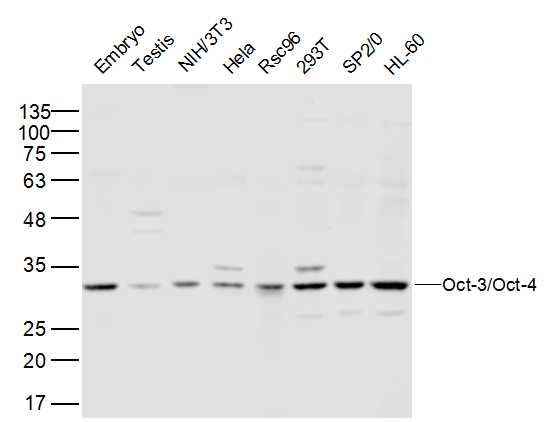
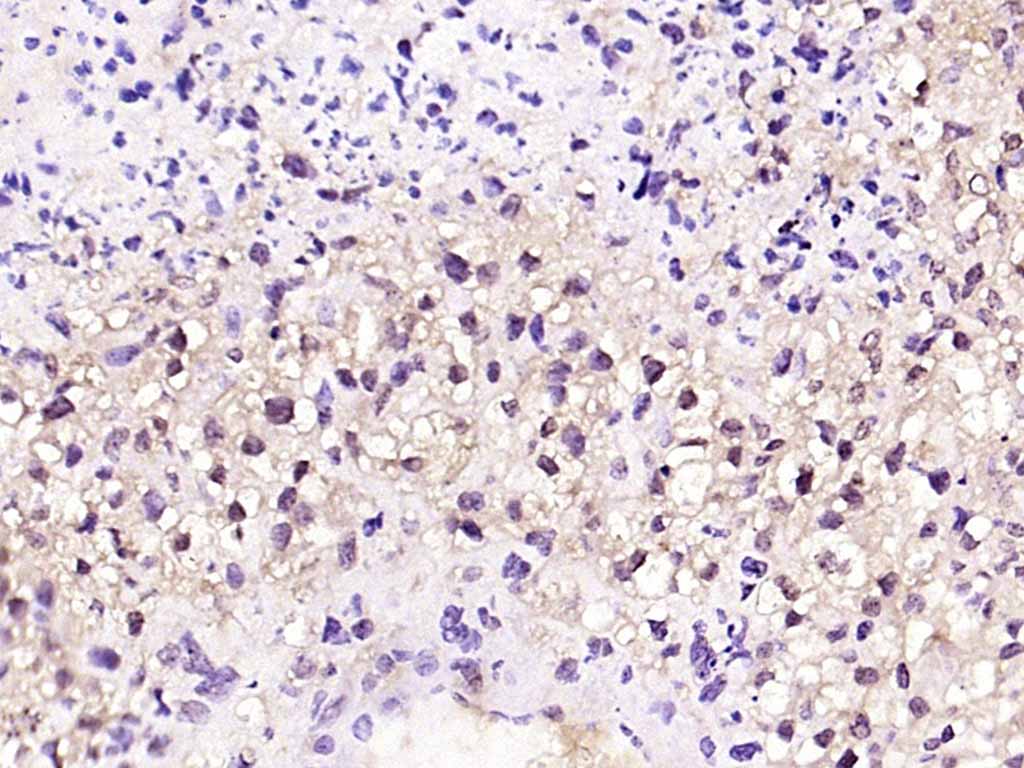
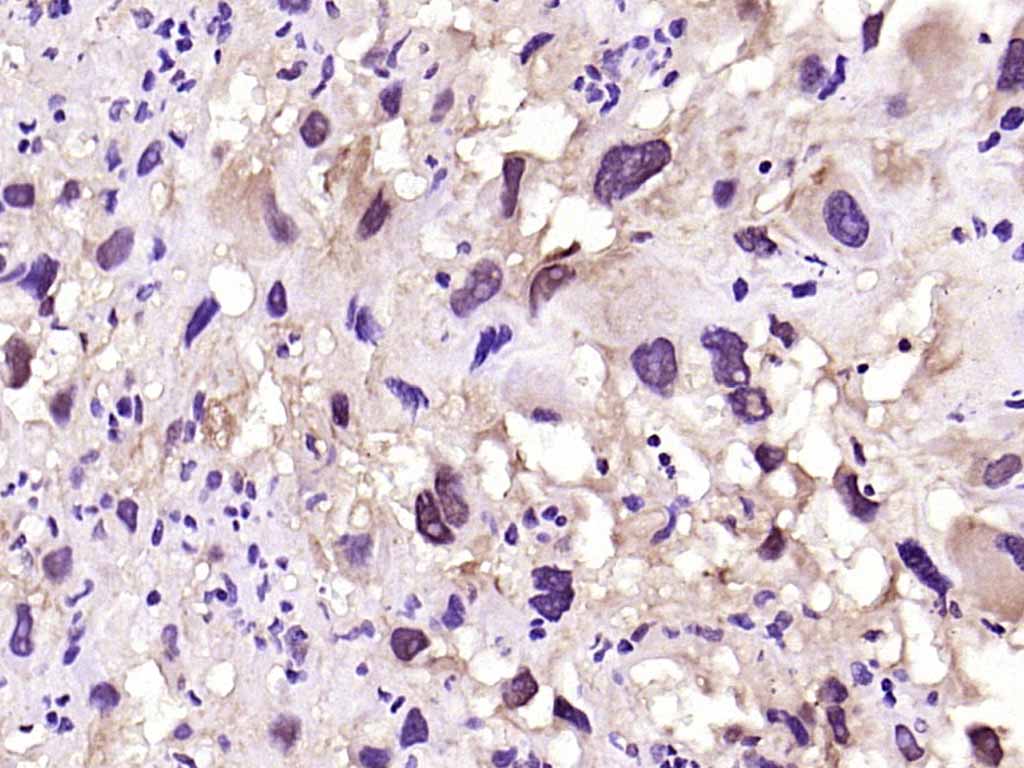
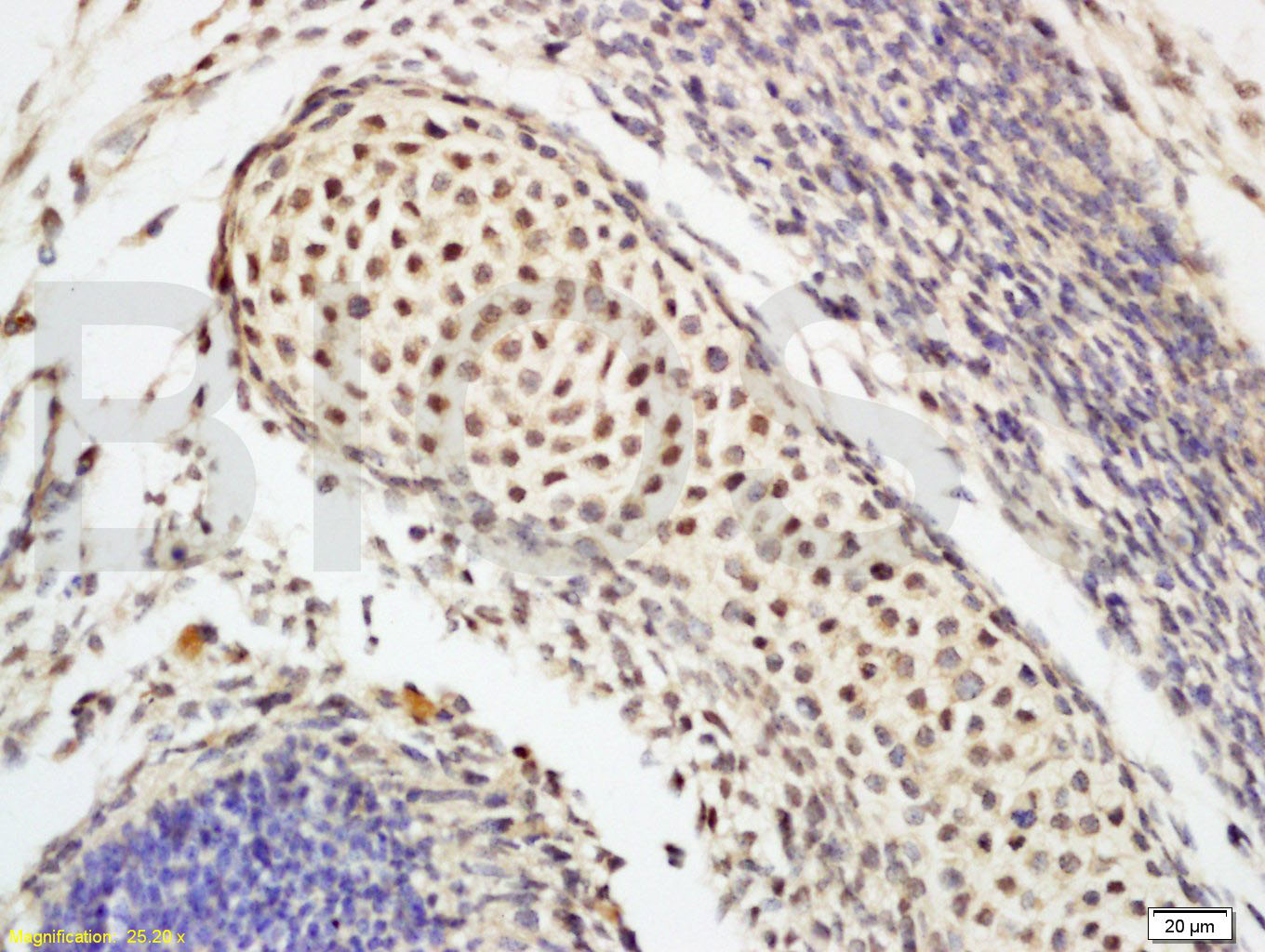
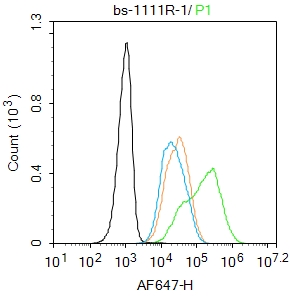


 +86 571 56623320
+86 571 56623320
 +86 18668110335
+86 18668110335

